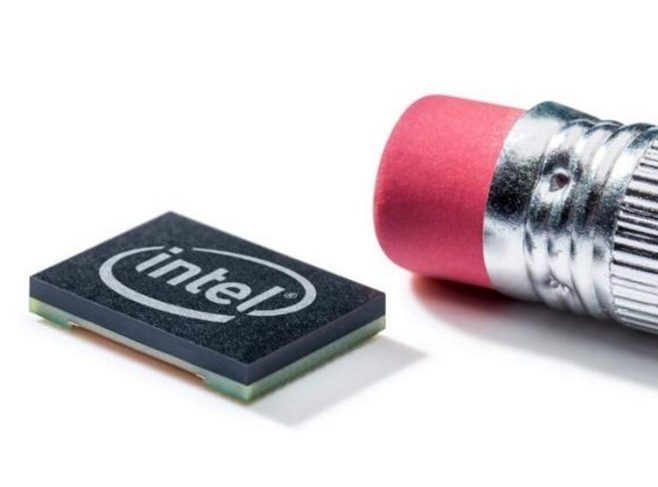
LAS VEGAS – As the opening keynoter at CES, Intel’s CEO Brian Krzanich proved he knows how to put on a heck of a show. “Consumers are choosing experiences over products,” he told a standing room only audience – then to prove his point, he jammed a lifetime of experiences in to the next 90 minutes.
These experiences included demonstrations of its RealSense camera technology which included everything from a Yuneec drone that can follow you on a bike ride to a Segway that transforms into a household robot that answers the doorbell. RealSense, which was unveiled by Intel in 2014, utilizes a miniature camera that can capture and render 3D images. Krzanich took the stage wearing custom New Balance running shoes that had a midsole created using a 3D printer by using the company’s sensing technology.
With announcements of collaborations with companies as diverse as ESPN, New Balance, Red Bull Media House and the eyewear maker Oakley, he certainly proved that Intel is no longer just a PC chip manufacturer. At one point during the presentation, the stage was taken over by a pair of BMX bikers (outfitted with Curie chips) who executed super high jumps off of ramps, and even jumped right over the Intel CEO.
It was announced that Intel's button-sized Curie chip will finally ship in volume this quarter and could begin appearing in wearables and other products within the year. Curie is a tiny, low-powered device made by Intel that can be affixed to whatever moves, whether it's a snowboard, skateboard, BMX bike or even on an athlete. Deep real-time data is sent to a computer that is then instantly transmitted for use by athletes, coaches and even broadcasters. Intel said each Curie will sell for under $10. Curie will be shown off at the X Games in Aspen that start on January 28.
Krzanich focused his talk and demos (most involving sports/fitness) on three trends he says will shape our future: How everyday items are becoming connected to the Internet, how technology can be given human-like senses, and how computers can become an extension of you.
The Segway robot’s tech is open platform and it features voice recognition and streaming video via an Intel RealSense 3D camera, which also helps it maneuver around obstacles. The robot's developer release, expected in the second half of 2016, will allow inventors to create new uses and applications for the robot.
"We believe this is the beginning of a new ecosystem, one where robots can actually be open platforms and become useful partners," said Krzanich.
Intel also took the skies during the presentation showcasing the Yuneec's Typhoon H hexacopter camera drone which is launching at CES and costs $1,800. Equipped with a RealSense 3D, it successfully dodge obstacles on course and avoided collisions with the help of “ultrasonic proximity detection.”
The company also demonstrated how its sensing technology can be applied to the augmented-reality market. It showed a smart hardhat from Daqri that gives the wearer X-ray-like vision. In the demonstration Intel showed how the helmet, using RealSense cameras, enables workers to overlay information like work instructions, safety information, mapping and thermal images, on top of the worker's field of view.
Similar to technology used in Microsoft's HoloLens AR glasses, the Dagri Smart Helmet is now available for purchase and industries that will benefit from the technology include the aerospace, construction, and oil and gas sectors.
Intel also showed off its custom “Replay” feature on a basketball game that allows viewers to pause games and move freely though the footage. With the feature, viewers can choose from various angles to watch the game. Krzanich said that, in conjunction with Replay Technologies, Intel intends to expand the feature to multiple sporting events.




